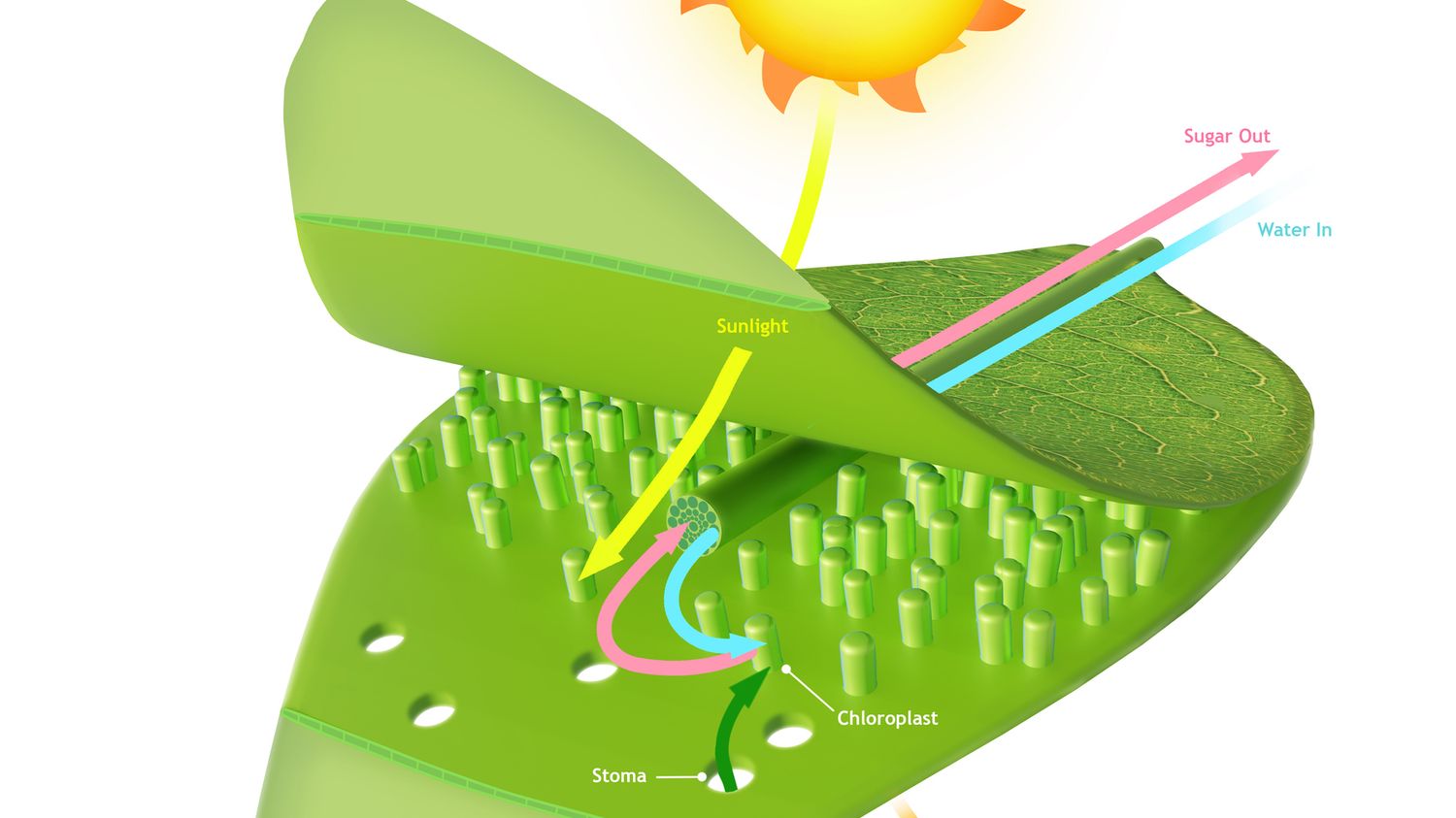It is undoubtedly the most studied chemical reaction, but no one had been able to observe the first stages: it is done, an experiment was able to observe the absorption of a single photon, and the triggering of the transformation light into energy.
The science post of the weekend with Mathilde Fontez, editor-in-chief of the scientific magazine Epsiloon, talk to us today photosynthesis, this famous reaction that allows plants to transform light into energy. Researchers have succeeded in observing the very first stages.
franceinfo: We are talking about a feat: the observation of photosynthesis, with a single particle of light?
Mathilde Fontez: Yes, photosynthesis is probably the most studied reaction. Dozens of laboratories, for decades, have been trying to detail how plants, algae and certain bacteria convert light into fuel with such great efficiency. The dream is to master the phenomenon in order to reproduce it – and use it.
But this team, an alliance of physicists and biologists from Berkeley University in the United States, focused on the start of photosynthesis. They sought to follow the reaction to the arrival of the first particle of light, the first photon, on a molecule of chlorophyll, to see if the reaction is triggered with so little light. And to see how it goes.
How do you follow a particle of light?
It is true that it is a challenge. Solved by combining two scientific disciplines: the researchers used the tools of quantum physics: light sources capable of producing single photons. Ultra-sensitive sensors, used in optical laboratories. It is with these tools, of fundamental physics, that they enlightened and analyzed molecules of chlorophyll, which they had extracted from photosynthetic bacteria.
And they adopted these methods from particle physics behind: they replicated their experiment millions of times, to reconstruct the phenomenon statistically – they analyzed 17 billion photon detections. And that’s how they were able to see the reaction of chlorophyll molecules: photosynthesis does indeed start, from the start, with a single photon: the particle of light is first absorbed by a ring of 9 molecules. Then its energy is transmitted to a second ring of 18 molecules of chlorophyll. In short, they saw the first stages of photosynthesis on a new scale: that of the atom.
And what is the next reaction?
For now, their experience ends there. But yes, the idea is to apply this method to follow the whole process of photosynthesis, at the scale of the single particle, of the single molecule. From following how photon energy is transmitted in plants, to triggering the production of sugars. This is the final stage of photosynthesis: the light becomes sugars, which the plant feeds on.
